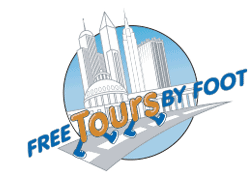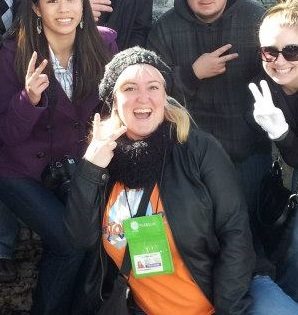This post provides details about the Pirates Alley in New Orleans and why it is one of the most notable sites in this historic city.
History of Pirate's Alley
There may be no more fabled location in New Orleans than Pirate’s Alley. New Orleanians like to tell a tale, but we don’t know if all that is said about this cobblestoned alley is true.
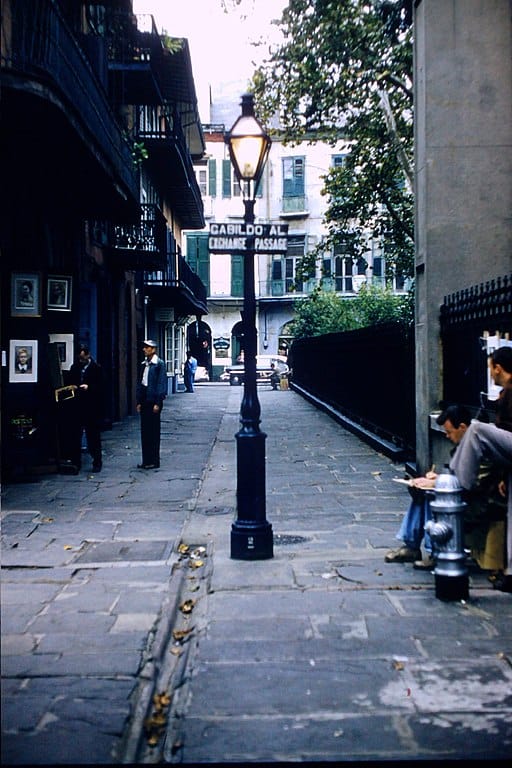
If you come to the Big Easy, you need to seek it out and let your imagination wander.
Some say they feel like they’ve found a hidden locale in a Disney theme park.
It probably has more sinister origins. It has been said that this one-block alley was a location where pirates could drink and be debaucherous.
Tour guides will paint the picture of pirates lurking in the shadows of the pathway, where from time to time they would have drugged an unsuspecting individual, or perhaps nabbed an intoxicated person.
This was reportedly done to fill their ships when the crew got too distracted by the vices New Orleans had to offer.
That said, it has sometimes been noted that Pirate’s Alley was across from where a slave market was located at the site of the Omni Royal Hotel.
This area would have been filled with men of lower class and morals who took part in the gathering, buying, and selling of humans.
Neither is likely true.
Next door, the Cabildo had an area for imprisoned individuals in its debts during the Spanish period from 1763 to 1801.
As such, it’s possible that pirates being released from the dungeon were seen often in what was then called Orleans Alley.
Alternatively, the name could come from the turn of the 20th century tea and trinket shop called The Pirate’s Chest.
For one reason or another, the nickname became so prevalent amongst New Orleanians that it was officially changed in the 1960’s which is when tourists got on board.
Where is Pirate's Alley?
Pirate’s Alley can most easily be found by walking between the St. Louis Cathedral and the Cabildo from Jackson Square to Royal Street.
You will see a lamp post, and the sounds of the alley will let you know that you’ve arrived.
Walking down the alley will take mere moments, as you will quickly find yourself on St. Peter Street.
Before you do though, look up and nab some photos of the fire escapes and iconic buildings.
Activities and Attractions Near Pirate's Alley
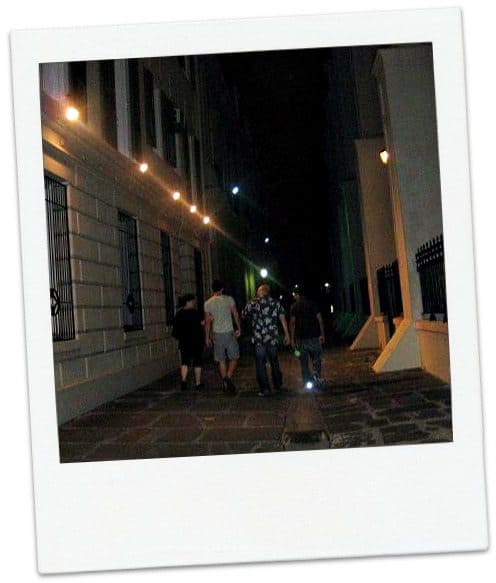
Adjacent to the lamp post at the opening to Pirate’s Alley is the Faulkner Bookstore.
It is named for William Faulkner, who wrote his first novel Soldiers Pay while living there.
Often you can see a reenactor playing at Faulkner as he drinks and writes. He may ask you for assistance.
This bookstore is one of the hidden gems of New Orleans.
Opposite the lamp post, you’ll see St. Anthony’s Garden behind the St. Louis Cathedral.
If you follow that fence at night, you can see the statue of Jesus with his arms upward while you stand on Orleans Avenue.
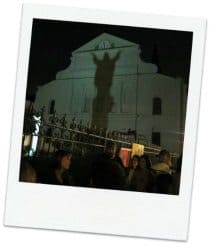
Locals lovingly refer to it as “Touchdown Jesus,” as it illuminates his shadow in what appears to be a referee calling a touchdown.
This area often has local artists selling their wares day and night. The Pirates Alley Bar can be found near the lamp post, and it is also open day and night.
Patrons can get a look at how absinthe was (and is) served.
Keep in mind that the psychotropic effects of the wormwood it once contained could make many think they were pirates when they were not.
Pirates Alley has many moods, so it’s always a good locale to check out for locals and tourists alike.
